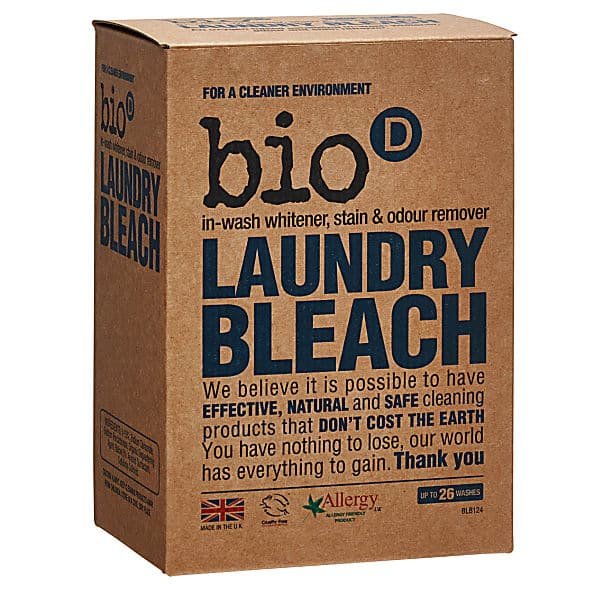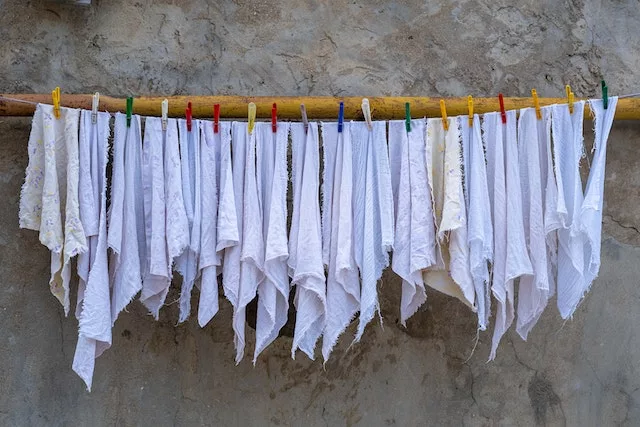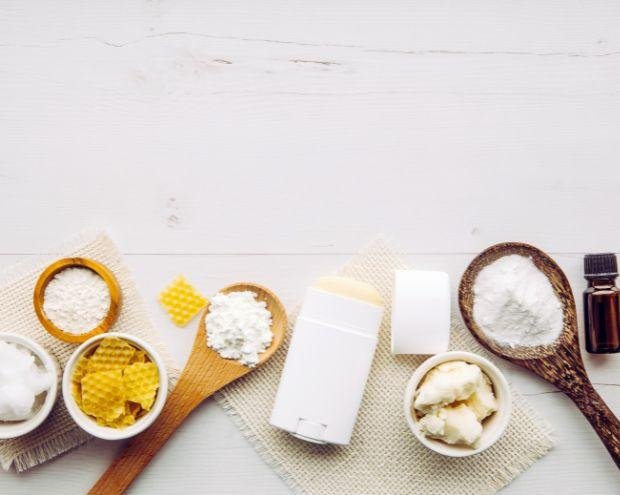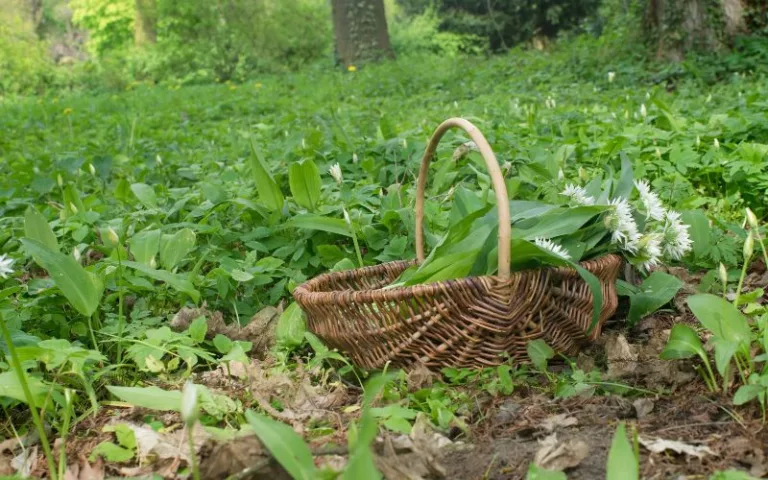Do Eco-Friendly Laundry Detergents Work? 7 Tips To Super Charge Your Green Detergents
Just a heads up, this post contains some affiliate links. That means that we earn a small commission if you buy the product at no extra cost to you. That allows us to continue to research and share interesting articles with you. :)
Laundry. It’s something that most adults have to do every day and for most of us, grabbing a bottle or box of detergent at the store is quick, easy, and something we don’t think about.
However, your detergent habit could be harming the environment, and there IS a better way!
So, do eco-friendly laundry detergent alternatives really work? They sure do! In recent years there has been a steady rise in the number of detergents on offer to the average consumer. With a focus on better technology, eco-friendly detergents have really improved their results.
What Makes A Detergent “Eco Friendly”?
There are many different types of detergent, and the difference between them lies in their ingredients.
Detergents with “all-natural ingredients” usually include baking soda, enzymes, salt, and other natural additives that help break down the smell and dirt build-up on different types of fabrics.
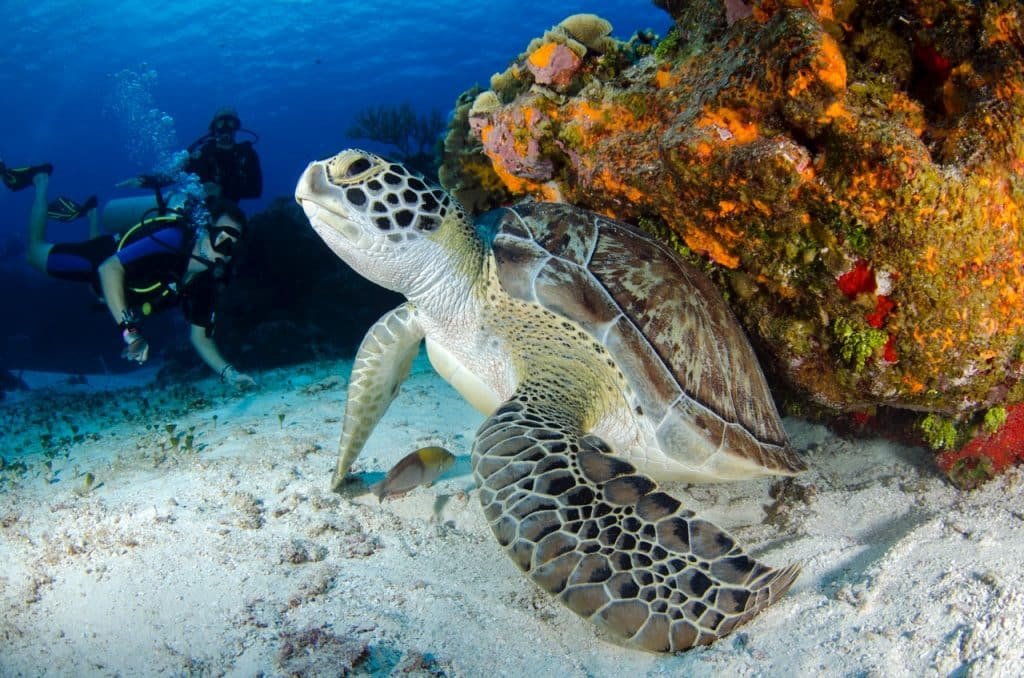
The perks of using eco-friendly laundry detergents start with the fact that they don’t contain phosphates or synthetic dyes, toxic chemicals notorious for building up on fabrics at home.
Eco-friendly laundry detergents are also free of petroleum and have little to no impact on aquatic life when drained from your washing machine. The phosphates included in regular laundry detergents can be lethal to aquatic life and cause problems for our waterways and everything that lives in them.
A huge bonus when it comes to using greener eco-friendly laundry detergent over regular detergents is that many of the bigger brand eco detergents are going the extra mile and making their production facilities greener by investing in renewable energy and recyclable packaging.
As part of a closed-loop system, many companies, like Fill and Ecover, encourage customers to refill their detergent bottles.
Getting Your Laundry Clean The Green Way
What do you get if you mix environmentally friendly detergents with state-of-the-art technology? The answer is laundry products that are not only good for the environment but also great at cleaning your clothes!
Many brands of eco-friendly laundry detergent use plant-based enzymes that are non-toxic and free of synthetic chemicals. These plant-based enzymes help your clothes stay clean in the long term by breaking down dirt and odour-causing bacteria.
Ecover offers plant-based, non-toxic laundry detergent that’s tough on dirt but gentle on the planet. Try their Zero range for a phosphate-free option.
Here are seven tips for a better clean to get the most out of your eco-friendly laundry detergents.
Spot Clean With Soap
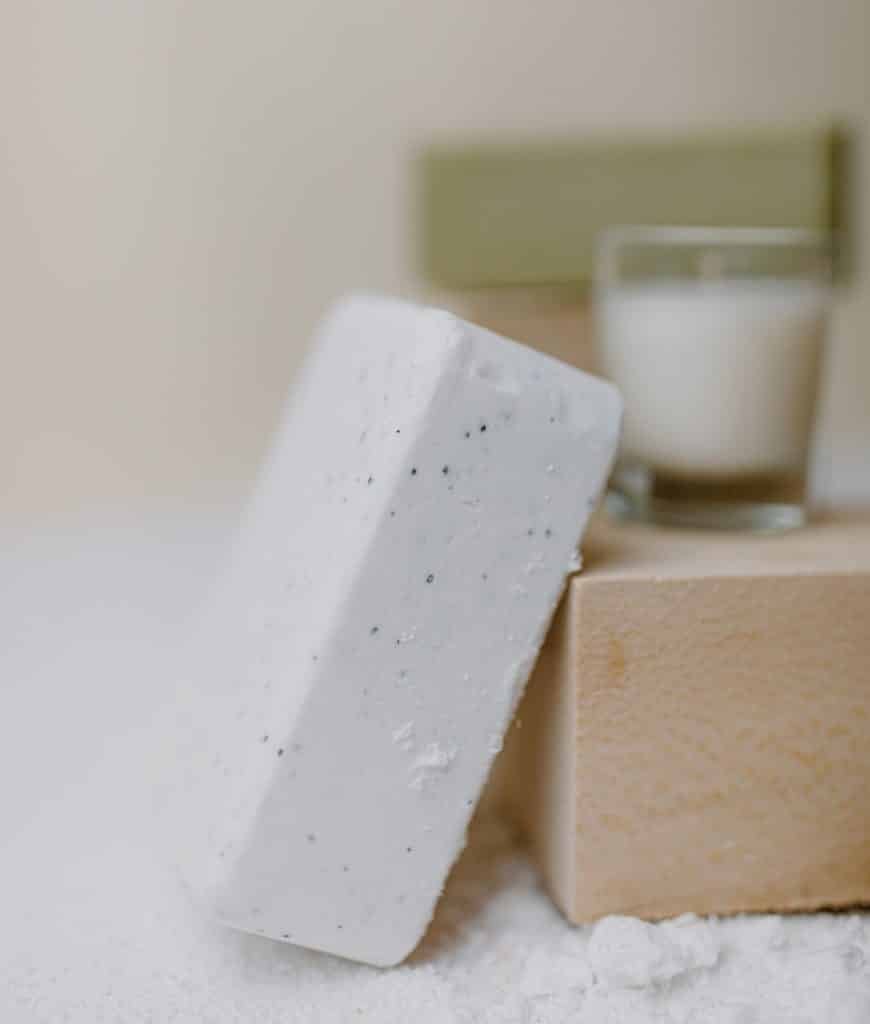
The best way to clean your laundry in an eco-friendly manner is to spot clean with a bar of laundry soap. There are lots of plastic-free soap sticks available on the market, and using these can save you some money as they don’t need to be refilled as often as your liquid detergent stain remover does.
Simply dampen the area you want to spot clean, use a small amount of soap, and agitate the fabric. You don’t need to dry or rinse the fabric; throw it in the wash with the rest of your laundry.
Ditch the plastic and switch to a plastic-free laundry soap stick like Maid Simple Hand and Laundry Soap to spot clean and save money in the long run.
Use Vinegar – For Odours and Softening

Vinegar is an amazing substance! When it comes to laundry, you can use white vinegar as a fabric softener and an odour remover.
Vinegar sprayed onto particularly dirty or smelly areas (such as the armpits) gives your laundry detergent an extra boost.
Mix a vinegar solution of 3:1 water to vinegar and spray the area affected before putting the item of clothing in the wash. You can even pour neat vinegar into the fabric softener area of your machine to save on detergent.
Use Bleach Alternatives
Eco-friendly laundry detergents don’t always do a great job on whites because they don’t use optical brighteners.
Many brands of bleach alternatives can help whiten your whites without the dangers of bleach.
For a bleach alternative that’s safe for the environment, try bioD Laundry Bleach. It uses a combination of biodegradable bleaching agents, brighteners and plant-based enzymes to whiten whites without the dangers of traditional bleach.
Most oxygen-activated eco-bleaching agents use sodium percarbonate as their active ingredient. Sodium percarbonate is safe for the environment and aquatic life and does not harm it.
Use Baking Soda
If you have spent time researching eco-friendly laundry detergents and green cleaning options, you will no doubt know about the three main DIY cleaning agents used by eco fans. These three ingredients are white vinegar, lemon juice, and baking soda (or bicarbonate of soda).
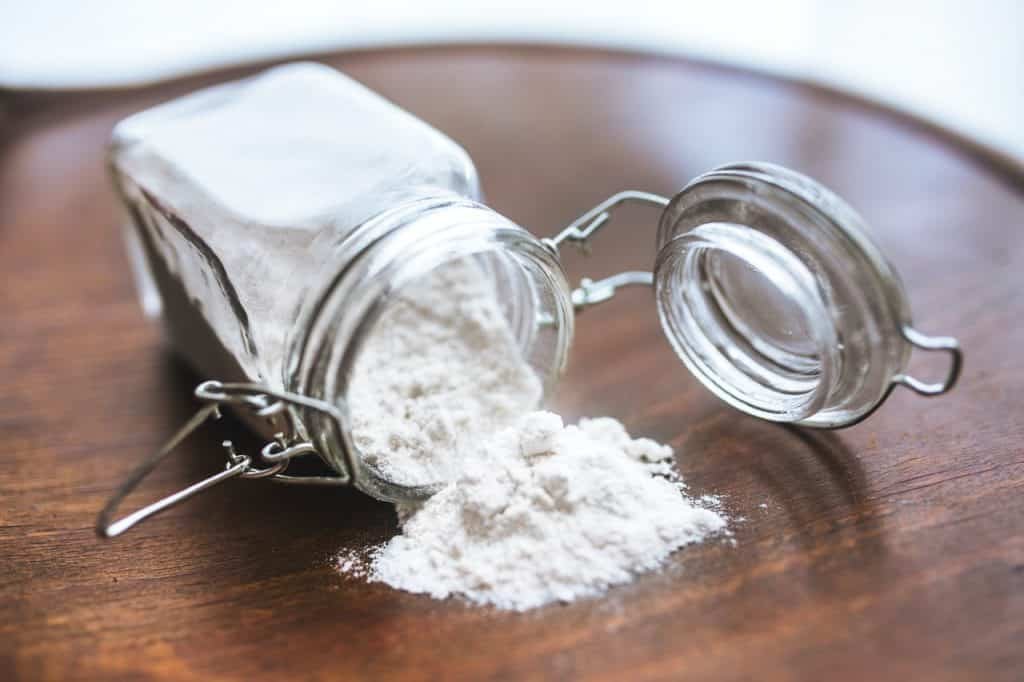
Baking soda is used in many DIY beauty products because it is safe to use (in measured amounts) both externally and internally, making it great for use as a cleaning agent.
Add half a cup of bicarbonate of soda (baking soda) to your machine’s powder drawer to boost your detergent’s effectiveness, especially if your laundry is dirty or soiled.
Use A Longer Wash Cycle
These days, most detergents (eco or not) are rated to work well in cold water washes, and most washing machines will have a 20C (65F) wash cycle for average cotton washes.

Most laundry loads contain clothing that isn’t particularly dirty but has been worn once or twice during a typical day, can be washed at cooler temperatures, and your laundry will be perfectly clean.
For particularly soiled clothing (such as a dirty football/soccer kit), you may need to use a longer wash cycle and perhaps a hotter wash cycle. Most dirty loads can be washed at 30C or 40C (85F or 105F), but towels and similar items should be washed at 60C or higher (140F or higher).
Colder wash cycles are usually shorter for a simple wash, but for heavily soiled clothes, you may want to give your load a longer wash cycle or a pre-rinse first to get the most out of your detergent.
Put The Detergent Directly In The Drum
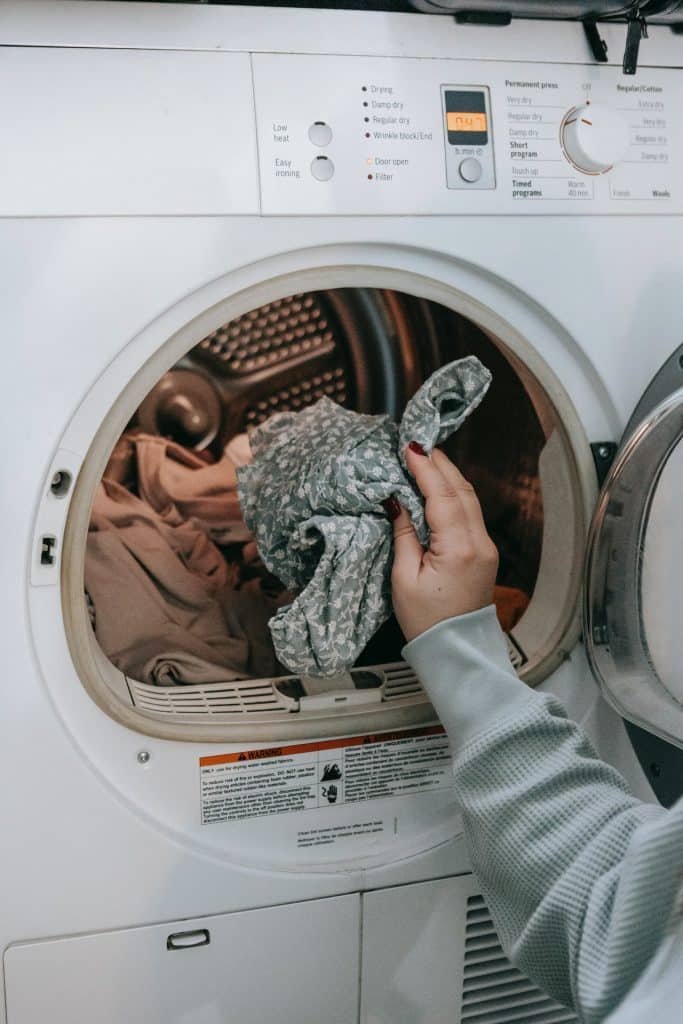
Whether you use laundry liquid (side note: this is the best kind of detergent) or laundry powder as your eco-friendly laundry detergent, putting the detergent into the drum with your clothes is the best way to get the most out of it.
Use a laundry dosing ball, a dosing cup, or even a small plastic (or plastic alternative!) cup or pot, fill it with your laundry detergent, and throw it in the drum with your laundry.
Run the machine as usual.
Use A Water Softener
If you live in a hard-water area (and almost every city is), you will know all about the fact that you need to use more detergent per wash. This means lots of minerals are present in your water, which is hard on your garments.

To counteract this, many eco-friendly laundry brands use a non-toxic borax softener to try and remove some of these minerals from the water. Borax is an excellent general-purpose cleaner for washing machines and sinks, which can help soften really hard water but isn’t as environmentally friendly as we’d like.
You can soften your water in two ways: use an additive (like bicarbonate of soda or baking soda) in your laundry load, or install a water softener in your home.
Long-term, installing a water softener is probably the best choice for both the environment and your wallet, but if this isn’t an option right now, adding a quarter cup of bicarb to your machine (in the additives drawer) along with your regular eco-friendly laundry detergent will do wonders to help soften the water and improve your clean.
Back To The Good Life is a participant in the Amazon Services LLC Associates Program, an affiliate advertising program designed to provide a means for sites to earn advertising fees by advertising and linking to Amazon.com. We also participate in other affiliate programs which compensate us for referring traffic.


